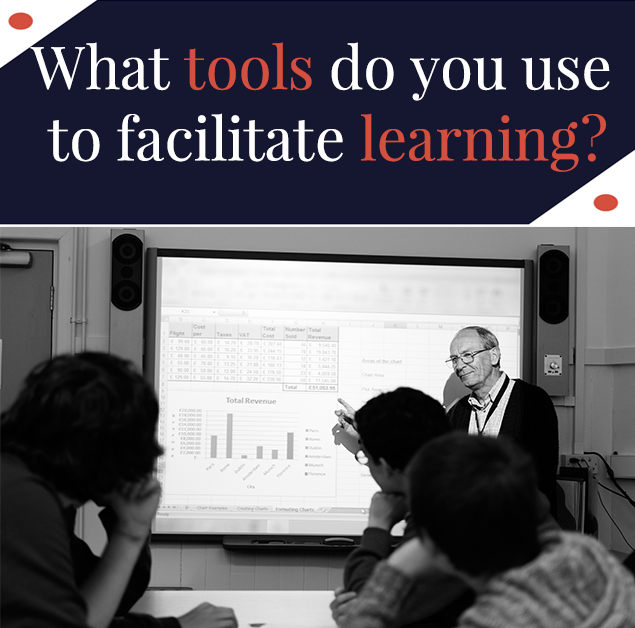Inquiry Charts to Facilitate Learning
Posted by Network Support · Leave a Comment
This learning tool can help students be organized while learning as well as build fundamental skills in inquiry and research.
How can teachers facilitate learning through Inquiry Charts?
Inquiry Charts (I-Charts) promote in-depth learning and provide students with a tool to organize their research and writing. Using this strategy, students can generate meaningful questions about a topic and compile related information from various sources. I-Charts encourage students to take an active role in learning by integrating their prior understanding of a topic with the new information they have collected.
This strategy can be used individually, as a small group or as a whole class activity. It helps to enhance assignments by teaching students to think critically and analytically while practicing their writing skills. I-Charts also help to differentiate instruction to serve the learning needs of students and can also be used as an assessment tool to evaluate their comprehension and growth.
Inquiry Chart (I-Chart) Strategy in the Classroom
This strategy comprises of three phases- Planning, Interacting and Integrating/Evaluating, each consisting of activities that stimulate students to evaluate and learn a topic.
Teachers can model and implement this strategy in the classroom by following these simple phases:
Preparation Phase:
The first step is to choose a topic for the students to explore. Teachers also need to plan for the necessary resources for them to search through. If resources are not made available in the classroom, consider allotting separate research time for students.
Secondly, prepare a template of an I-Chart. This should comprise of a tabular grid, with each column denoting the question generated (titled as Question 1, 2, 3.) The rows will be used for writing down information gathered from various sources. A “summary” row is present at the end to summarize and conclude the findings.
When modeling the strategy, teachers can present it as a whole-class activity, and the template can be visually displayed on the board. Instruct the class to fill the chart by following the three phases of the strategy.
Planning Phase:
- Introduce the topic and write it on the board.
- Encourage students to generate questions related to the topic and write it down under each column in their chart.
- Give students time to research and find evidence or examples supporting or answering each question and note them down under each question.
Interacting Phase:
- Form student groups of 3-4 members.
- Instruct them to interact with each other and find connections linking the new information with their past knowledge.
- Give students time to collaborate and share their information.
- Encourage them to repeatedly read through the sources, so as to find more supporting information.
Integrating/Evaluating Phase:
- After students have researched, encourage them to compare the information gathered.
- Use the summary row to write a few concise sentences about the information learned from each question.
- Instruct the students to summarize the information and compile it into a report or an essay.
Teachers can also ask students to develop new questions revolving around any conflicting ideas obtained from sources, so as to further explore and learn about the topic.
Additional uses of the Inquiry Charts can be as such:
- Writing Drafts: Students can proceed to writing the actual essay only after getting their Inquiry Charts reviewed and approved by the teacher.
- Class Presentations: As it enables students to make a clear and systematic presentation of a topic with evidence from various sources.
Thus by using Inquiry Charts in the classroom, teachers can enhance analytical reasoning, researching, reading and writing skills of students which are essential to any learning process.
Like this article for teachers?
Browse the Professional Learning Board COURSE CATALOG to find related online courses for teachers in your state. Professional Learning Board is a leading provider of online professional development classes that teachers use to renew a teaching license or renew a teaching certificate.





